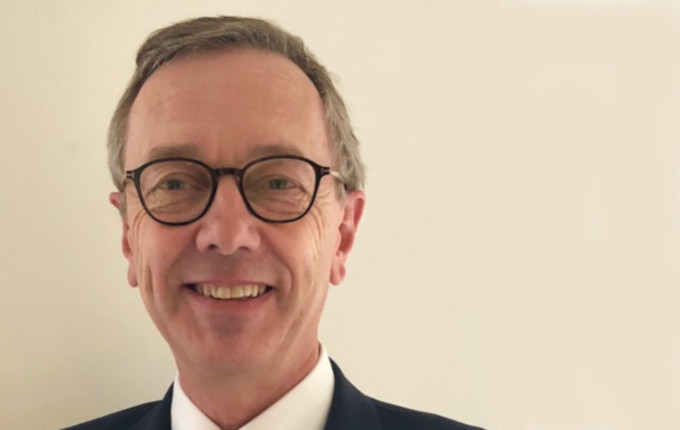Tim Mitchell has been called the 'Mr. Zero' of New Zealand Super, having been involved before the first employee was appointed. In this interview, Mitchell talks about setting up the governance framework of the fund and the importance of board education.
Register to Access this Exclusive [i3] Insights Article
Create a free account to access exclusive interviews with asset owners, revealing insights on investment strategies, market trends, and portfolio allocations.
If you already have an account you can Login .
If you have any issues registering an account please send us an email at [email protected].

